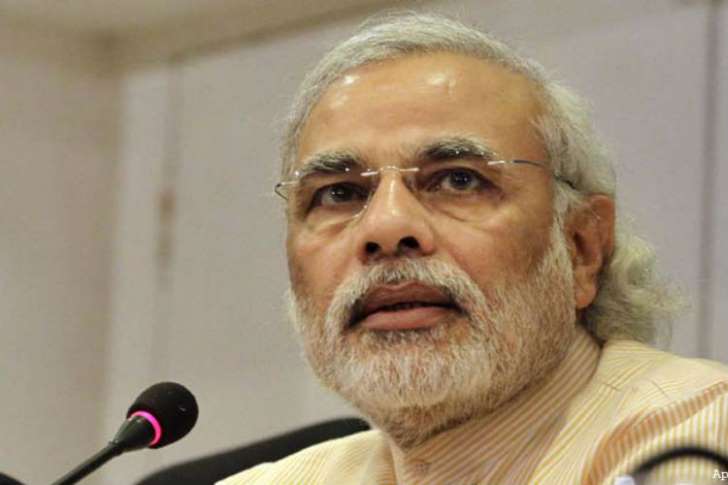Agust 21, 2017
NASHVILLE, Tenn. – Millions of sky-watchers gazed heavenward Monday as the moon's shadow raced eastward along a slender corridor bisecting the mainland United States, blotting out the sun in a grand celestial show that had not been visible all across America in nearly a century.

Agust 21, 2017
NASHVILLE, Tenn. – Millions of sky-watchers gazed heavenward Monday as the moon's shadow raced eastward along a slender corridor bisecting the mainland United States, blotting out the sun in a grand celestial show that had not been visible all across America in nearly a century.

Image of the moon transiting across the sun, taken by the Solar Dynamics Observatory on Aug. 21, 2017.
As if by the machinations of some great astral clock, the magic of the total solar eclipse began right on schedule, with the moon taking its first "bites" from the sun, to the enthrallment of watchers in the Pacific Northwest and swiftly beyond.
Utter darkness descended. The air cooled. Birds fell silent. Watchers erupted in cheers.
In the eerie, failing light, cattle lay down in the fields. The stars came out. The contrails of passing planes jumped into sharp relief.
The eclipse, moving along a 2,600-mile, 14-state swath starting in Oregon and ending in South Carolina, seemed to bring out everyone's awe-struck inner poet – or curious amateur scientist.
All too soon, it was over, and its passing left some feeling almost bereft. Watching, some embraced. Others wept.
Outside Nashville's Grand Ole Opry, the wonder of it was still in the voice of Lisa Wilbanks, 57, of Louisville, Ky.
"I felt a sense of awe about nature … the whole totality of the universe," she said after light returned to the sky.
At Lake Jocassee in South Carolina, water and surrounding hills were slowly engulfed in a shadowy, pink 360-degree sunset. "Whoa," said a woman on a paddleboard, leaning to kiss her girlfriend. "I didn't think it would be so dramatic."
The path of totality, it turns out, is a pretty personal thing. Among young and old alike, a sense of childlike wonder awakened as the clock ticked down to what many saw as a once-in-a-lifetime cosmic spectacle.
"Make the most of the day!" said gallery owner Bonita Shipman, in Brevard, N.C. Hours before eclipse time, vendors in a parking lot were gearing up to hand out free Moon Pies and hawk their crafts.

A large contingent of the Vinjamuir and Nirmalan families from Fremont, Calif. and Boston, Mass. watch as the totality begins on Monday, Aug. 21, 2017 in Andrews, N.C. – Carolyn Cole/ Los Angeles Times/TNS
"I felt like I couldn't pass it up," said Oregon State Rep. Rob Nosse, who happily rose before dawn to catch the Solar Eclipse Special train – dubbed the "Nerd Express" – from Portland to the state fairgrounds in the state capital, Salem, which lies in the path of totality.
Skies were mainly clear along much of the 60-to-70-mile-wide eclipse corridor, but clouds and smoke from forest fires spelled anxiety for some. In north-central Oregon, a wildfire forced the temporary evacuation of the Kah-Nee-Ta resort, packed with solar tourists, just days before the event, but firefighters halted the blaze's progress toward its camera-wielding hordes.
The stretch of enveloping darkness as the moon fully blotted out the sun was the longest in southern Illinois, where totality lasted nearly three minutes. Elsewhere on the route, the show was a few seconds shorter.
Thanks to social media and the population density along the viewing trail – and with millions of visitors in place – the eclipse was likely the most-viewed and most-photographed one ever to take place in this country.
"The entire U.S. is geeking out as one," Hakeem Oluseyi, a Florida Institute of Technology astrophysicist now stationed at NASA headquarters in Washington, tweeted delightedly. Google's "doodle" – the daily image viewed by millions of search-engine users – featured two cartoon aliens in space ships playfully batting the moon back and forth between them.
The most devoted eclipse-watchers had prepared for these fleeting moments months or years ago, devouring accounts of the fear and awe eclipses inspired in ancient times, and, turning to modern-day preoccupations, scouring online search engines for flights, rental cars and hotels.
Some rural highways and byways, as well as major highways, were hit by choking vehicular jams. The National Weather Service in Cheyenne, Wyo., tweeted out a shot of a long, zigzagging line of car headlights lighting up the predawn sky. "Holy moly!" it said of the 4:30 a.m. traffic on Interstate 25.
Elsewhere, it paid to get an early start. In South Carolina, traffic before 9 a.m. was light on many of the two-lane roads winding through the hills in the west of the state. Day-trippers in sun hats walked along the side of Cherokee Foothills Scenic Byway, hauling folding chairs, coolers and umbrellas to Table Rock State Park.
Even in cities where the eclipse was only partial and the sky barely darkened, office workers clustered on street corners, using protective spectacles to look at the fiery corona. In Washington, D.C., outside the totality path, President Trump, together with wife Melania and son Barron, came out onto the White House's Truman Balcony, gazing skyward with protective lenses in place – although the president briefly looked up after removing his glasses.
Most total eclipses, which come around every one to three years, take place in inaccessible areas, far out at sea or over the poles, darkening the planet in places were few are around to see it. There hadn't been a coast-to-coast total eclipse in the United States since June 1918, as World War I raged and Woodrow Wilson sat in the White House.
Eclipse mania suddenly became a pop phenomenon as well as a scientific bonanza. NASA star-gazers and reams of other astronomers kept watch from ground telescopes and outer space. Animal behaviorists and botanists had a literal field day. Zoos and museums hosted viewing events; campgrounds and open fields fell silent with awe, or erupted in whoops of wonder.
Long before the sky darkened, Twitter was lit up, and many social media users were openly delighted by a break from divisive national politics. NASA said its livestream broke agency records, reporting 4.4 million watchers at the eclipse's midpoint.
Many of those who secured a spot in the path of totality sighed with satisfaction.
"The eclipse was on my bucket list," said Shyloh Elder, a-26-year-old New Yorker who hit the road for North Carolina along with her mother, who lives in Pennsylvania.
For anyone who missed the show: Just wait until 2024. That's when the next total solar eclipse will be seen in the United States. But there won't be another coast-to-coast one until 2045.
Courtesy/Source: LA Times
















































































































